CUCFS supports ClientEarth for their 2020 show
In an exclusive interview, Fashion editor Isabel Sebode talks to members of the CUCFS team as they reveal the charity they’ll be supporting with their 2020 show.
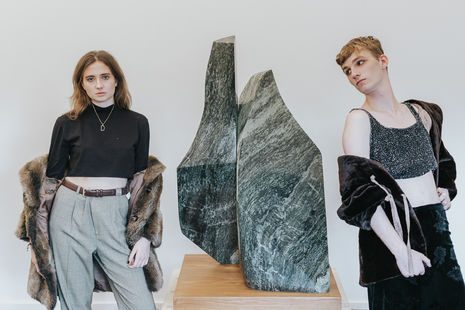
Whilst Cambridge University Charity Fashion Show’s models, designers and fashion are up to par with professional runways, their approach towards extravagance distinguishes CUCFS from the ‘serious’ industry – their combination of fashion and charity, art and ethics, renders it one of the major creative events of the year. Since their first show in 2015, CUCFS has become established as a distinguished and respectable event: rightfully so, considering the figure in excess of £50,000 pounds it has donated to charities so far.
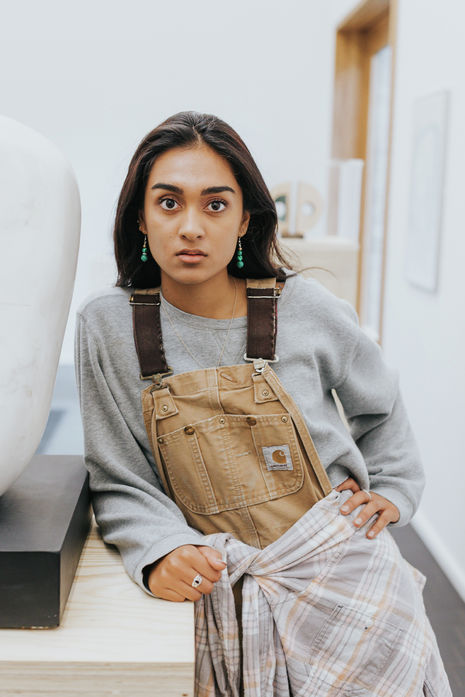
This year, the fashion show is showcasing designers under the theme of 'Flux’ to explore “both this material process of transfiguration as well as the changes currently taking place in the fashion industry” through the “breaking with traditional norms”. With this theme in mind, CUCFS has decided to partner up with the charity ClientEarth – a charity that “uses the power of the law to protect the planet and the people who live on it.” During a time in which the world is literally burning, companies are mindlessly wasting and our awareness of our own environmental destruction has not managed to significantly reduce it. Instead, environmental law uses the judicial system to try to enforce the changes that still may never come to fruition.
Scrolling through social media, I have noticed the discrepancy between our increasing awareness of having to reduce wasteful fashion consumption and the continuation of fast fashion’s mass consumerism. “Fast fashion,” says CUCFS, “despite being convenient at face value, has basically no redeeming features.” One of the many problems are the synthetic fibres, “which release microplastics into the water system with every wash, and which won't decompose when they're inevitably thrown out in favour of newer styles.” In that aspect, I suppose fast fashion does have some longevity – at least in our environment.
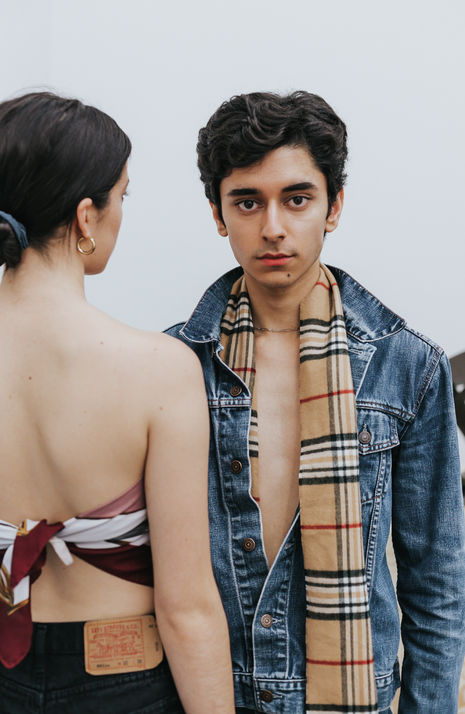
We met with Sophie Weinmann and Ollie Winters (Co-Presidents), Valentin Foley (Fashion Assistant) and Clara Balon (Beauty Director) to talk more about their views on the fashion industry in our current environmental crisis and the decisions CUCFS is making in the name of environmental consciousness, especially with their choice of ClientEarth.
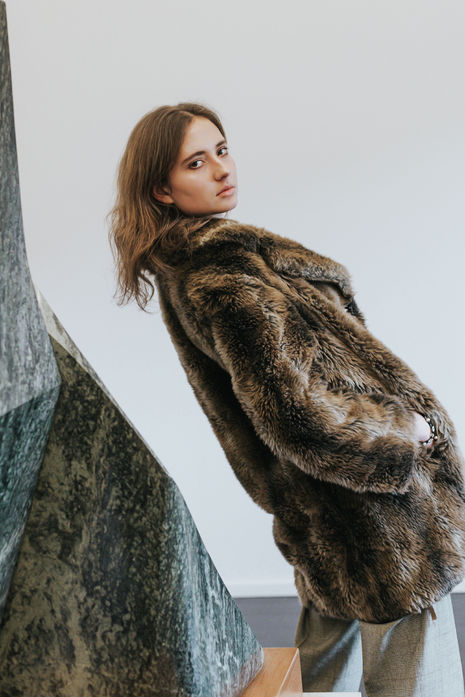
Why have you chosen ClientEarth?
The total greenhouse gas emissions from textile production are higher than the emissions of all international flights and maritime transports combined. It therefore only felt right to also pick a charity with a strong environmental focus. Client Earth was one that stuck out to us because of its unique approach to combatting climate change - they are made up of lawyers and environmental experts using the law as a tool to protect the planet and the people that live on it.
What distinguishes ClientEarth from other charities?
What really stuck with us in that approach is that it allows Client Earth to address a variety of different sectors and aspects of climate change - from defeating national governments in court over clean air regulations to working to protect forests and oceans.
How is sustainability reflected in the design of the clothes and your choice of designers?
We decided to make ethical and sustainable production an essential criterion when searching for designers, while also keeping an eye out for designers that used their collections to make political statements or raise awareness around environmental issues. We are incredibly excited to be showcasing designers that creatively address a plethora of environmental issues: from a collection that takes aim at the cut flower industry - a massively profitable business that destroys billions of flowers daily - to a designer whose work is made entirely from recycled festival waste.
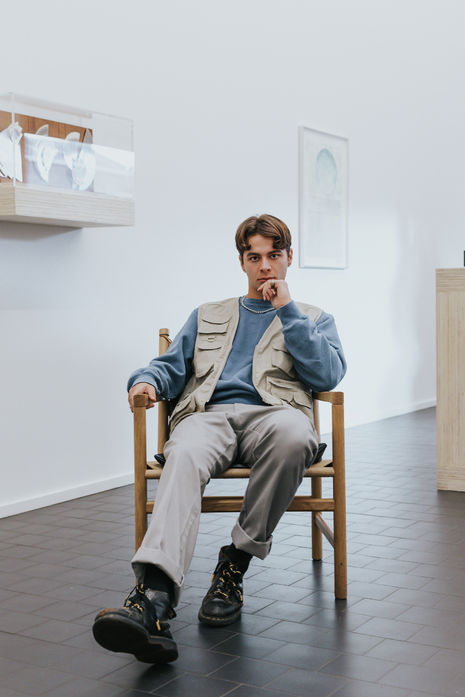
How can environmentally conscious fashion decisions be transferred from the runway to students' wardrobes?
It's about buying less often, choosing items for both physical and aesthetic durability, getting the most out of the clothes you buy for your sake and the planet's. Most sustainable brands cannot compete with fast fashion retailers’ prices and sales. This is definitely an institutional issue that needs to be addressed on a structural level. However, there are definitely options for students to be more environmentally conscious around their consumption choices. In collaboration with NU Wardrobe Cambridge we recently put together a guide for students to be more environmentally conscious on a student budget. Some of the ideas we came up with were borrowing or renting pieces on vintage platforms or using online marketplaces like Depop or Vinted to buy pre-loved items.
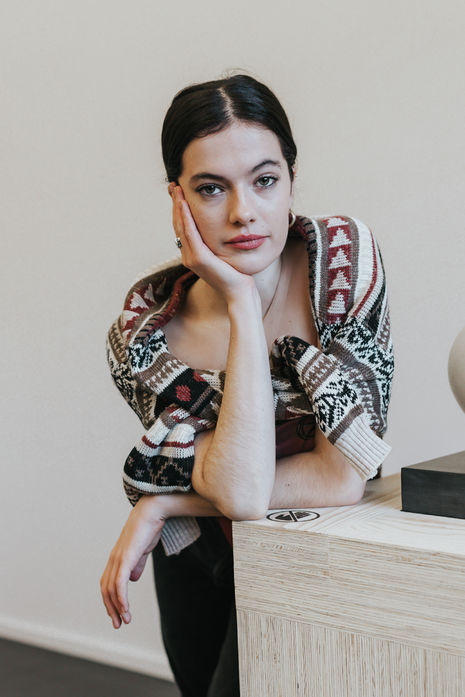
In order to showcase the accessibility of and variety of styles that students can make through shopping sustainably, CUCFS chose to team up with Jemporium Vintage in their charity release shoot. Through this photoshoot, they are highlighting how students in particular can remain ‘fashionable’ while reducing their damaging impact on the environment.
It is certainly safe to say I am looking forward to see what CUCFS is going to stage this year, especially considering their choice of ClientEarth. Perhaps this student production may be a hopeful glimpse into a future where the right laws enable the mass consumption industry to understand that “sustainable and ethical production doesn’t limit artistic expression in any way, but rather allows for new and different forms of creativity”.
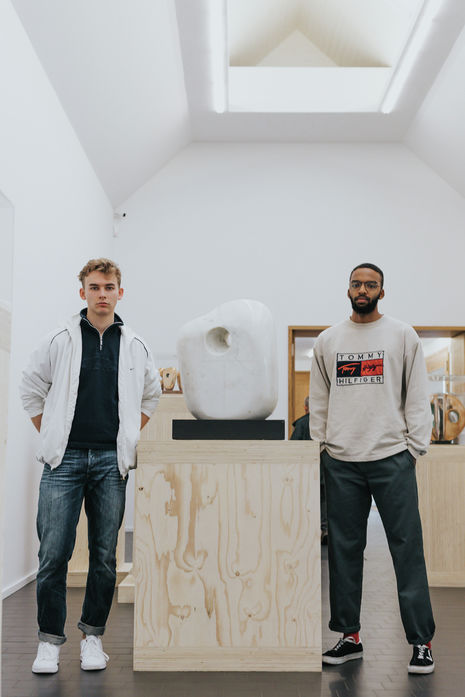
Photographer: Sarika Datta
MUA: Esma Gunduz
Creative Director: Ollie Winters
 Comment / Plastic pubs: the problem with Cambridge alehouses 5 January 2026
Comment / Plastic pubs: the problem with Cambridge alehouses 5 January 2026 News / Cambridge businesses concerned infrastructure delays will hurt growth5 January 2026
News / Cambridge businesses concerned infrastructure delays will hurt growth5 January 2026 News / New movement ‘Cambridge is Chopped’ launched to fight against hate crime7 January 2026
News / New movement ‘Cambridge is Chopped’ launched to fight against hate crime7 January 2026 News / Uni-linked firms rank among Cambridgeshire’s largest7 January 2026
News / Uni-linked firms rank among Cambridgeshire’s largest7 January 2026 News / AstraZeneca sues for £32 million over faulty construction at Cambridge Campus31 December 2025
News / AstraZeneca sues for £32 million over faulty construction at Cambridge Campus31 December 2025









